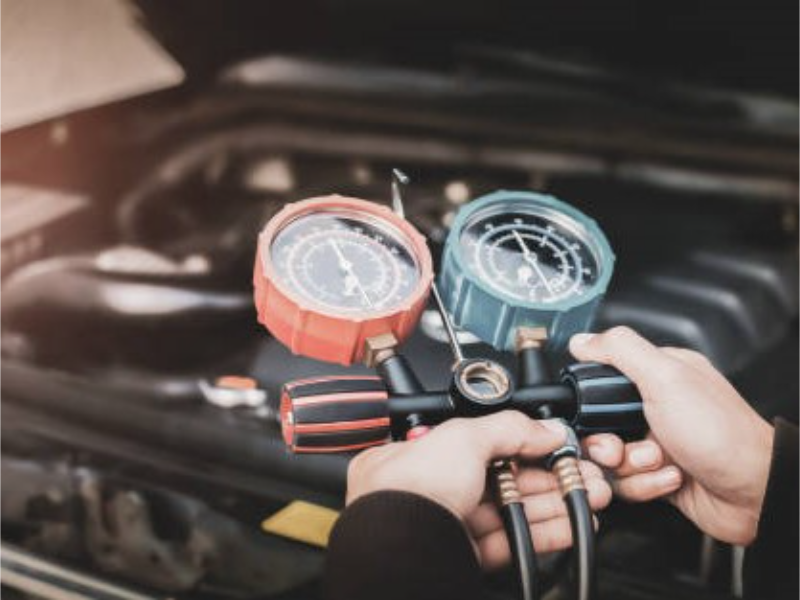- A car’s cooling system is vital for engine temperature regulation, ensuring optimal performance and preventing overheating.
- The pressurisation of the cooling system increases the boiling point of coolant, allowing the engine to operate efficiently at higher temperatures.
A car’s cooling system is a crucial component that ensures the engine operates within a safe temperature range. However, many drivers might wonder why this system needs to be pressurised. In this blog, we’ll explore the basic functions of a car’s cooling system and dive into the reasons behind its pressurisation, shedding light on how this process contributes to the overall efficiency and longevity of the vehicle.
Understanding a car cooling system
1. Purpose and function
A car’s cooling system is designed to regulate the engine’s temperature, preventing it from overheating and sustaining damage. The system circulates coolant through the engine and the radiator, absorbing heat from the engine and releasing it into the air. Key components of the cooling system include the radiator, thermostat, water pump, and coolant reservoir. By maintaining a stable operating temperature, the cooling system ensures that the engine performs efficiently, reduces wear and tear, and extends the vehicle’s lifespan.
2. Coolant and temperature control
Coolant, typically a mixture of water and antifreeze, plays a central role in the cooling system. It absorbs heat from the engine and carries it to the radiator, where it is dissipated. The thermostat regulates the flow of coolant based on the engine’s temperature, ensuring that the engine remains within its optimal operating range. Without an effective cooling system, the engine would quickly overheat, leading to potential engine failure and costly repairs.
Also read: Aruba integrates liquid cooling tech at Ponte San Pietro campus
Also read: Liquid cooling tech from China: Saviour of the AI industry?
Why a car cooling system is pressurised
1. Increasing the boiling point of coolant
The primary reason for pressurising a car’s cooling system is to increase the boiling point of the coolant. Under normal atmospheric pressure, water boils at 100°C (212°F). However, engines often operate at temperatures higher than this. By pressurising the cooling system, the boiling point of the coolant is raised, allowing the engine to run at higher temperatures without the risk of the coolant boiling over. This ensures more effective heat transfer and cooling, contributing to the engine’s overall efficiency.
2. Preventing air pockets and cavitation
Pressurisation also helps to prevent air pockets from forming in the cooling system. Air pockets can lead to hot spots within the engine, where coolant is unable to circulate properly, resulting in localised overheating. Additionally, pressurisation reduces the risk of cavitation—a phenomenon where vapor bubbles form in the coolant, potentially causing damage to the water pump and other components. By maintaining a consistent pressure, the cooling system ensures that coolant flows smoothly, providing uniform cooling across the engine.
3. Ensuring system integrity
The pressurised environment also aids in maintaining the integrity of the cooling system by preventing leaks. The radiator cap plays a key role in controlling the pressure, allowing excess pressure to escape while keeping the system sealed under normal operating conditions. This balance helps to prevent coolant loss and ensures the system operates at its optimal capacity.

